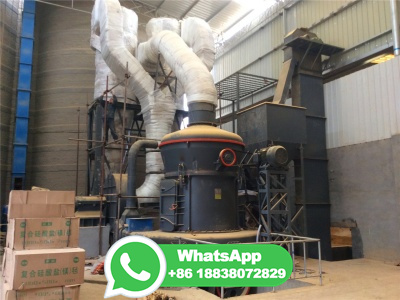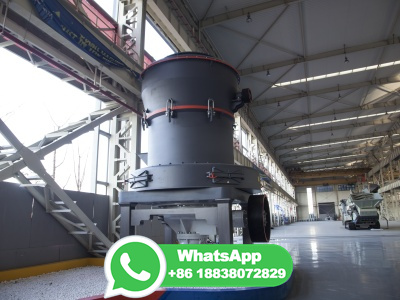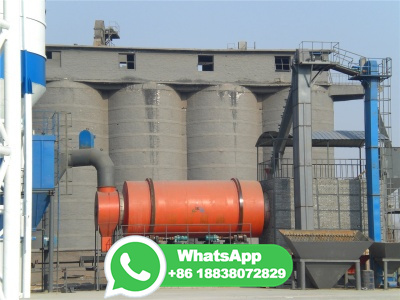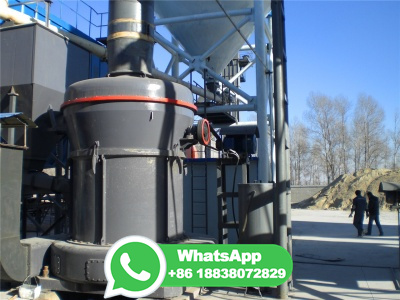PDF CEMENT PRODUCTION AND QUALITY CONTROL A. Cement manufacturing Process
The whole process of cement manufacturing in Messebo Cement plant which consists of two separate Cement Production lines can be summarized into the following processes ;as can be seen in the process and Quality flow diagram below; ... Line1 limestone/shale crusher reduces 85% of the size of the quarried raw material





























